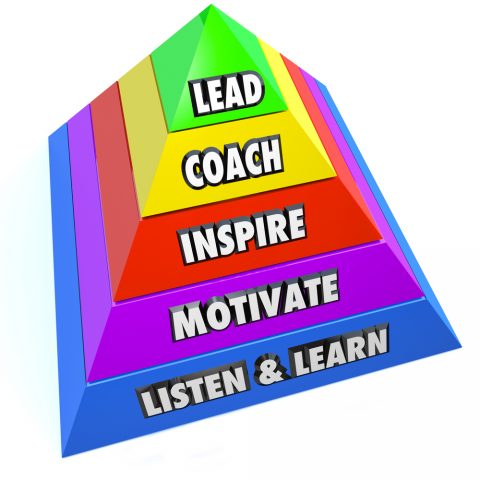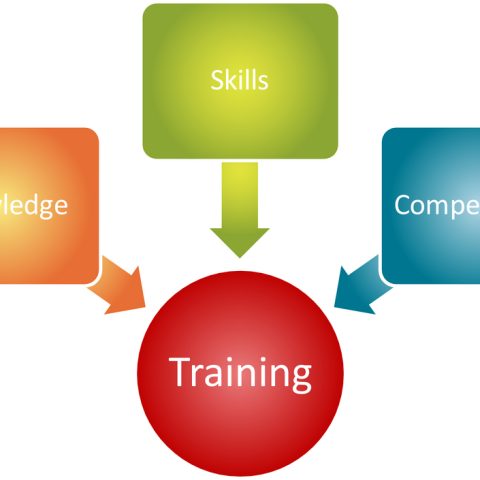 Many organizations have projects and programs that are strategically important and must be completed on time. These critical projects have been evaluated and planned out in detail, and yet, despite lots of effort, oftentimes they go off track and are not implemented on the planned schedule.
Many organizations have projects and programs that are strategically important and must be completed on time. These critical projects have been evaluated and planned out in detail, and yet, despite lots of effort, oftentimes they go off track and are not implemented on the planned schedule.
The Scottish poet Robert Burns put it succinctly: “The best laid schemes o’ mice an’ men gang aft agley (often go awry).” Translation: No matter how carefully your new project has been evaluated, planned, funded and staffed, it can go off the tracks and miss stops on the planned schedule.
Experienced project managers understand this, and have developed highly sophisticated standards for project management, such as those from the Project Management Institute (PMI). Those best practices and are critical to planning and executing projects; I recommend them highly and utilize them on projects that I manage.
But project managers and organization leaders can and should also embrace and use what I call intangible or “soft” tactics. These are common-sense actions designed to resolve issues before they become untenable and go a long way in keeping everyone’s eyes on the prize.
Right People at Right Time
To keep projects on track, the right people must be engaged at the right time. The stakeholder analysis and project plan should identify the roles to be played in the project:
- who needs to get involved
- when they’re needed and
- what part they need to fulfill.
Oftentimes, key stakeholders are overbooked, so it’s important to get them up to speed and set the context for their engagement so that they have the information necessary to be fully leveraged when they’re needed. Scheduling their time early can help the project be delivered on time.
Stay Focused
A big part of the project manager’s job is to keep everyone focused on the project goals and objectives. To accomplish this, those goals must first be clearly defined and documented in the project charter and project scope. Focusing on the objective is critical in aligning the team with the goals and controlling the project. Changes are a natural part of every project, and to prevent scope creep, every change must be evaluated for its impact on the customer and larger organization, and against the original goals.
To deliver projects that meet organizational needs and add value, the entire project team must always operate from a customer-focused perspective. They must listen to internal and external stakeholders to understand what they want and evaluate the available options for delivering it. The project team must also work with stakeholders to develop feasible plans. They must keep the project goals in mind ensuring that every action supports those goals and moves closer to them.
Empowerment and Accountability
Empowering project teams to work together to solve problems builds team cohesion and accountability. Successful teams that deliver on time are supported by senior management in ways that help them to manage issues and conflict effectively. Good managers listen to and carefully consider new ideas and changes suggested by their teams and encourage them to take managed risks without fear of retribution.
While special one-time team building exercises can be effective, strong team cohesion is built through the day-to-day process of working with people towards a common goal. It’s important that team members see each other regularly so that they can read and respond to nonverbal cues. So ideally, teams should be co-located, and if that’s not possible, they should regularly communicate via video conferencing. Project managers and other team leaders should constantly reinforce the sense that “we’re in this together” and that “we’ll fail or succeed as a group.” Every opportunity should be found to celebrate small victories.
Conflict Resolution
Conflict occurs whenever humans interact. Conflict is often considered inherently bad, however constructive conflict can be healthy and result in better project outcomes. Constructive conflict differs from negative conflict in that doesn’t involve personal attacks, rudeness or yelling.
Project managers and other leaders play a key role in helping their teams to work through conflict. They must proactively intervene when they sense that disagreements are going to negatively impact the project. All parties involved must agree on the issues and be willing to work to resolve them. They must enter the discussion with open minds and really listen to each other. They must try to understand each other’s view point and be willing to compromise to reach a solution that everyone can live with.
Success!
In today’s constantly changing and fast time to market environment, project teams are challenged to deliver valuable projects and programs on time. These tips are some, but not all, of the actions that can be taken to help to meet the timelines and accomplish the planned goals.



